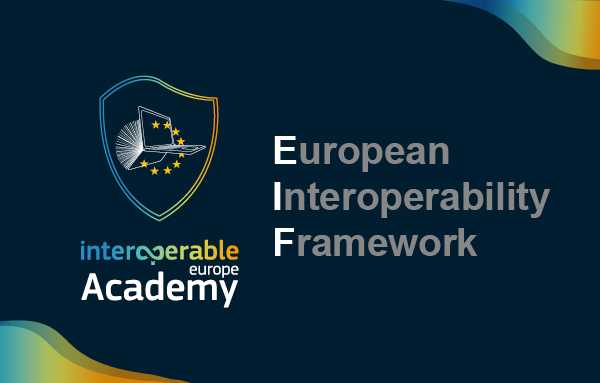Interoperability Assessments: Introduction
Course details
Target audience
Public sector employees who are obliged to carry out interoperability assessments. These can have a variety of backgrounds, e.g. legal, IT, business analysis, policy. The course would also be interesting to all those interested in interoperability in the public sector as well as in change processes, in general, regardless of an obligation to carry out the assessments. It could also be interesting to those studying digital government/governance or digital public policy and EU policy.
Learning objectives
The learner should:
- Know what interoperability assessments are, including their key concepts
- Understand how they work, i.e., their applicability in the real-world
- Know what support exists and where they can find further information and contribute to developments
This content is offered by the European Commission. The European Commission is the European Union's politically independent executive arm. It is alone responsible for drawing up proposals for new European legislation, and it implements the decisions of the European Parliament and the Council of the European Union.

Schedule
- Course and Test
- Feedback
- Certificate
- !! Report Any Technical Issue Here !!



